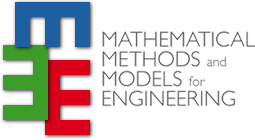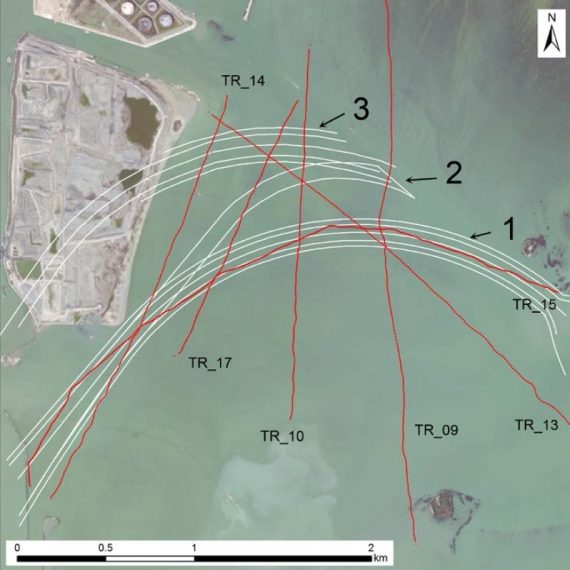The assessment of the human impacts on the natural environment is crucial to design and appropriately take future actions. The potential influences of the anthropogenic activities are several and compromise the earth’s integrity in terms of water quality, air pollution, depletion of natural resources, etc.,
M3E’s expertise focuses on the civil branch of the environmental engineering providing advanced and ad-hoc numerical modelling tools to support decision-making processes.
M3E performs simulations of the dispersion of pollutants in the atmosphere using numerical models develop by the American Protection Agency (EPA), which constantly updates the guidelines to improve the effectiveness and prediction of such models.
Moreover, the fate and transport of contaminants in aquifer systems are addressed in connection with problems of extraction/storage of fluids from/into underground and depleted reservoirs, transport of NAPL contaminants in multi-aquifer systems, and salt-water intrusion in freshwater porous formations located in coastal areas.
M3E supports the management of the water resources and develops systems for the optimum use of the subsurface resources with a pollution control approach to protect and isolate contaminants. M3E is able to provide specific solutions by software customization tailored exclusively for the Clients’ needs, being your ideal partner to monitor, support and increase your competitiveness while respecting the environmental law requirements.


Main activities include:
- the storage and collection of fluids in exhausted underground reservoirs, such as waste water, natural gas or waste gases
- the transport of NAPL contaminants into multi-aquifers systems
- the development of 2D or 3D meteorological models for the atmospheric dispersion
- the simulation of the dispersion of pollutants into atmosphere, emitted by punctual (chimneys, etc.), linear (roads, waterways, etc.) or areal (pools, storage areas, etc.) sources, using the AERMOD, CALPUFF , etc.
Main developed tools:
CATHY: 3D code for the simulation of coupled groundwater flow in confined and unconfined aquifers and surface runoff;
CODESA: non-linear simulation of flow-heat-mass transport processes in non-isothermal motions with density for the prediction of diffusion and transport of NAPL contaminants and salt water intrusion
TRAN3D: 3D code for the simulation of the transport of contaminants in confined multi-aquifers systems.


